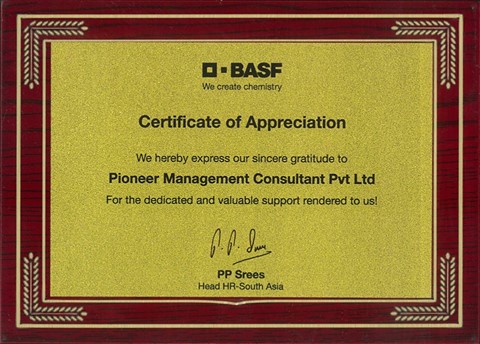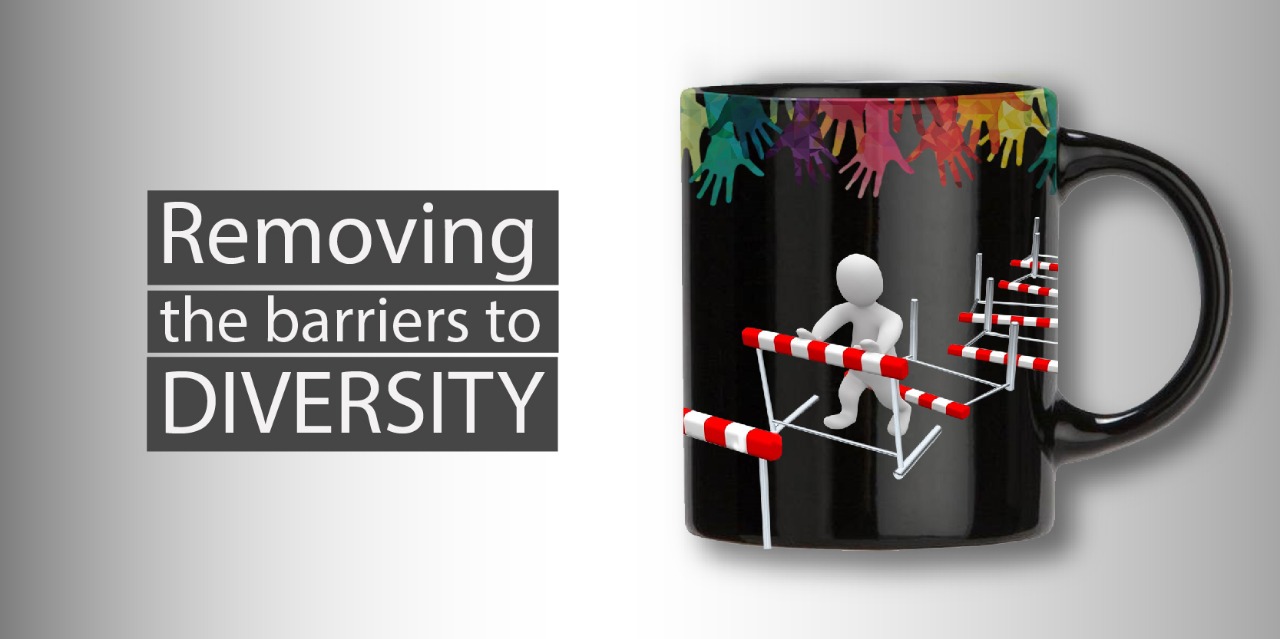"We all should know that diversity makes a rich tapestry,and we must understand that all the threads of the tapestry are equal in value no matter what their color". - Maya Angelou
So when you speak of diversity at workplace, it's not just about meeting a specific number of people pertaining to gender and race. It means having a group that works in unison irrespective of the difference in gender, religion, age, language, race, political beliefs, sexual orientation and their way of communication. In fact, it's the best way to instill an innovative approach in all processes and functions as people from diverse backgrounds bring in different solutions or approach to any problem. For "Strength lies in differences. Not in similarities".
However, maintaining diversity requires keeping an eye on certain problems and nipping them in the bud. Here are a few areas that need your attention if you want diversity and inclusion at your workplace to get you the best results.
1. Fostering Gender Equality
Most work places find a higher percentage of men being hired than women, men enjoying a hire pay scale than their female counterparts and men standing a better chance for promotions to managerial positions. Employers should rise beyond such discrimination and offer equal opportunities and salaries to both men and women to make the best use of their human resource.
2. Accepting and Respecting Others
Accepting each other in spite of all the differences is at the core of a strong team. Once employees and coworkers accept each other they develop respect for each other, which allows them to share ideas and opinions to work as a team. On the other hand, lack of acceptance can lead to conflicts and even animosity. A way to foster acceptance and respect is through regular diversity training among employees.
3. Distancing Beliefs from Work
Employees should be encouraged to keep their ethnic, spiritual, cultural or political beliefs to themselves without imposing them on others. At the same time, they should be trained not to merge their beliefs with their work and understand that their coworkers have the right to have their own beliefs.
4. Accomodating the Physically and Mentally Challenged
Physically or mentally challenged employees should be provided with adequate facilities such as wheelchair ramp, relaxing rooms and the like. The work environment should be such that they are treated as equals and never looked down upon to maintain a positive work space.
5. Removing Language and Communication Barriers
Where language and communication barriers arise, there can be miscommunications and efficiency loss. So it is imperative for companies to train employees on the language of communication at the work place. In fact, hiring bilingual or multilingual employees can be an advantage for companies.
6. Bridging the Generation Gap
With millenials flooding the corporate space, it is likely for companies to undergo a cultural change. This in turn can be a point of dispute between them and the older generation. Further, difference of opinion is a common issue in corporates accomodating people from different generations. The way to avoid any clash and groupism, employers should maintain an open communication system at the workplace.
7. Accepting Cultural and Ethnic Diversity
At many workplaces, religious, cultural and ethnic intolerance still exist. In order to maintain a harmonious working environment and curtail prejudice, you need to train employees on cultural sensitivities and importance of diversity. At the same time, setting stringent rules and regulations against any kind of prejudice can keep such practices at bay.
Diversity and inclusion can take your organization to greater heights of success in the long run. And now is the right time to start this journey.
"Diversity and inclusion creates a positive working environment, but building a diverse workplace is also the smart business thing to do".



Leave a comment